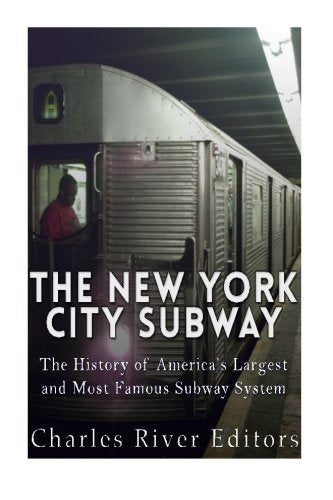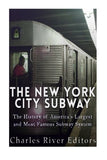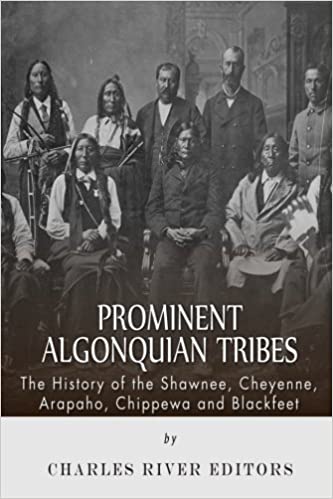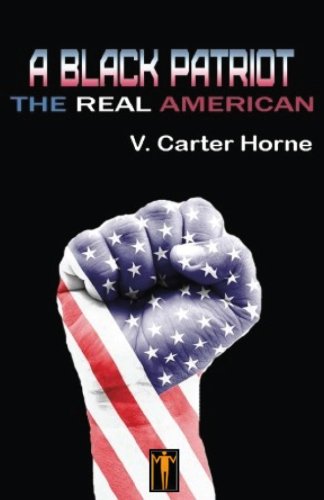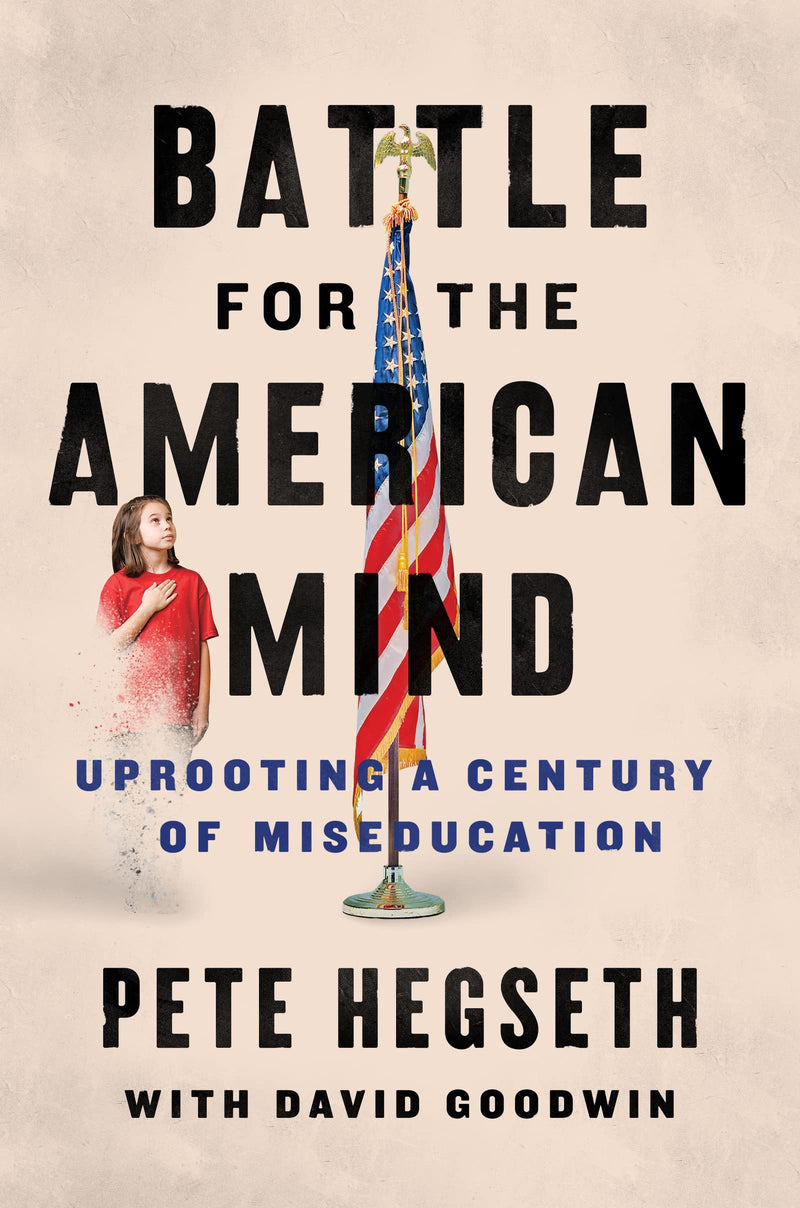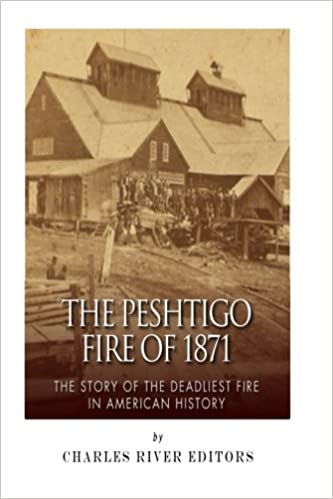The New York City Subway: The History of America's Largest and Most Famous Subway System
ISBN: 9781532792144
*Includes pictures *Includes accounts of the construction of the competing lines and their unification *Includes online resources and a bibliography for further reading *Includes a table of contents “In New York, you've got Donald Trump, Woody Allen, a crack addict and a regular Joe, and they're all on the same subway car.” – Ethan Hawke Of all the great cities in the world, few personify their country like New York City. As America’s largest city and best known immigration gateway into the country, NYC represents the beauty, diversity and sheer strength of the United States, a global financial center that has enticed people chasing the “American Dream” for centuries. One of the most significant needs of a growing civilization is an efficient transportation system, and by the time the burgeoning New York City had reached the latter half of the 19th century, the waterways and narrow streets were no longer sufficient to get people from one part of the city to another. Something new was needed, and in a place where real estate was already at a premium, building above ground was not an economically efficient option. As such, the leaders of the city commissioned companies to explore the world under the busy streets, and to build a rail system that would allow people to move quickly below the feet of those walking above. First one company and then another rose to the challenge, and the first decade of the 20th century found the city with one of the best subway systems in the nation. As the city grew, so did the companies, and they continued to dig like human gophers into more expansive areas. Perhaps not surprisingly, barely anything went smoothly, and for every mile of track put down, there was at least another mile of red tape that had to be cut through. There were also accidents and tragedies both big and small, but the subway continued to expand. Eventually, city officials decided that such a large undertaking, one on which the city had grown dependent, could not be left in private hands, so the city ultimately took control of the system and made it part of a larger public transportation system in 1940. This proved to be good in the long run, but in the short run caused quite a stir, as old lines were closed and new ones opened.




